This article was written by Andy Zimmerman, Chief Marketing Officer for Evergage.
Personalization is a top investment priority for retailers in 2019, according to a recent Forrester report. And McKinsey says that “personalization will be the prime driver of marketing success within five years.” It’s clearly something that retailers can’t afford to ignore.
In order to personalize an experience, you need a good understanding of who that person is. In other words, you need to be able to collect and interpret customer data.
You’re already collecting data about each customer and prospect across interactions and channels: in your store, on your website or mobile app, with your emails, via social media, through your advertising, and more. Each interaction produces data — data that can be used to better understand that person’s needs and preferences.
But this data can’t be used successfully when it’s scattered across your organization. That’s where the customer data platform (CDP) comes in. Within a CDP, each person, whether known or anonymous, has a single profile that contains all relevant data from a variety of sources including purchases, browsing history, email interactions, attributes, subscriptions, loyalty membership and status, interests and preferences, browser type, location, demographics, predictive scores (like expected life-time value), and more.
Most retailers have already heard of the emerging CDP category, so I’m not going to get into the details of what CDPs are. Instead, I want to focus on what to do with your CDP data once you have it all together.
What to do with a CDP: Activation
In order to personalize using data from a CDP, you have to be able to activate it. Activation of CDP data can take many forms. For example, you could use CDP data to:
- Determine which promotions or offers to target to each person based on his or her past behaviors, interests, loyalty program status, etc.
- Deliver digital ads only to people most likely to be affected by them — and avoid spending money advertising to loyal customers who are more likely to purchase on their own.
- Ensure web and email CTAs are always relevant to the recipient (for example, removing/changing CTAs for actions a person has already taken).
- Recommend content, products, brands, and more based on everything that is known about that person – in the moment and over time.
Many retailers view the ability to act on customer data to deliver personalized experiences as functionality that should exist outside the CDP. But I disagree. It belongs within the CDP itself.
How to Activate Efficiently: Combine CDP and personalization
Delivering these kinds of personalized experiences requires two types of functionality: insights and engagement. Often, these functions are performed by two systems.
- System of insight: Aggregates customer/prospect data and enables an analysis of that data.
- System of engagement: Delivers experiences to customers/prospects in one or more channels and enables measurement of the outcome.
However, having two platforms – one for insights and one for engagement – effectively creates a technology environment with two “brains.” Clearly, systems of insight are a type of advanced, centralized brain full of customer data that generates insights from that data. That’s certainly the type of functionality you want in your CDP.
The reality, though, is that to execute campaigns that engage audience members at a 1-to-1 level (and in real-time), a system of engagement must also act as a brain. It needs to leverage machine learning to sift through the vast amount of customer data and make the best decision about which experience, content, promotion, message or recommendation to deliver to each individual at any given moment (e.g., a person who just landed on your website, is opening your most recent email, is calling into your call center, etc.) and then deliver that experience…in milliseconds.
The only way to deliver true 1-to-1 experiences in real-time is to combine your personalization and customer data platform.
Here’s an Example
Let’s say you wanted to send an email to all the customers in your loyalty program. Your CDP would pass a segment of loyalty program customers to your ESP to do so. That’s pretty simple.
But what if you wanted to personalize the email by featuring different creative based on each person’s favorite category? Then your CDP needs to pass several segments to your ESP (a segment of loyalty program members whose favorite category is women’s shoes, a segment of loyalty program members whose favorite category is men’s pants, etc.).
And what if you wanted to tailor the content of the message even further to include different promotions depending on whether loyalty program members had visited your website in the last month? Then you’d need to create double the number of segments. You’d have one segment of loyalty program members whose favorite category was women’s shoes and who had been on the site in the last month, plus loyalty program members who have the same favorite category but who had not been to the site in the last month, etc.
It’s clear that managing all of these segments and mapping them to specific campaigns in your ESP can quickly get out of control.
However, if you use a CDP that can also activate the data directly, it doesn’t need to rely on segments passed between systems. It can analyze all of the data available within its own system and leverage machine-learning algorithms to select and present the most appropriate experience for each person. This is a much more scalable and personalized approach.
Final Thoughts
My colleague, Meera Murthy, VP of Strategy at Evergage, will be attending the upcoming Millenium Alliance Digital Retail Transformation Assembly on August 26-27 in Dallas, TX. If you’re interested in learning more about how Evergage can help you combine your CDP and personalization technology to deliver 1-to-1 personalization at scale, please schedule a strategy session onsite at the event.
ABOUT DIGITAL RETAIL TRANSFORMATION ASSEMBLY
C-Level experts from across North America’s retail industry are coming together in Dallas in August to anticipate the highly complex digital retail environment that will develop over the next few years.
Through a cutting-edge program designed by the industry, for the industry, we will provide a fresh and up-to-date insight to help move your organization to the next level of digital leadership. A series of executive education roundtables, keynote presentations, collaborative think tanks, educational workshops, and networking sessions will offer industry-specific topics and trends to ensure your company sustains its competitive advantage.
Are you interested in becoming a sponsor for this event? Click here today to learn more >>
Are you interested in attending this event? Inquire here today to find out if you qualify for Millennium Membership >>

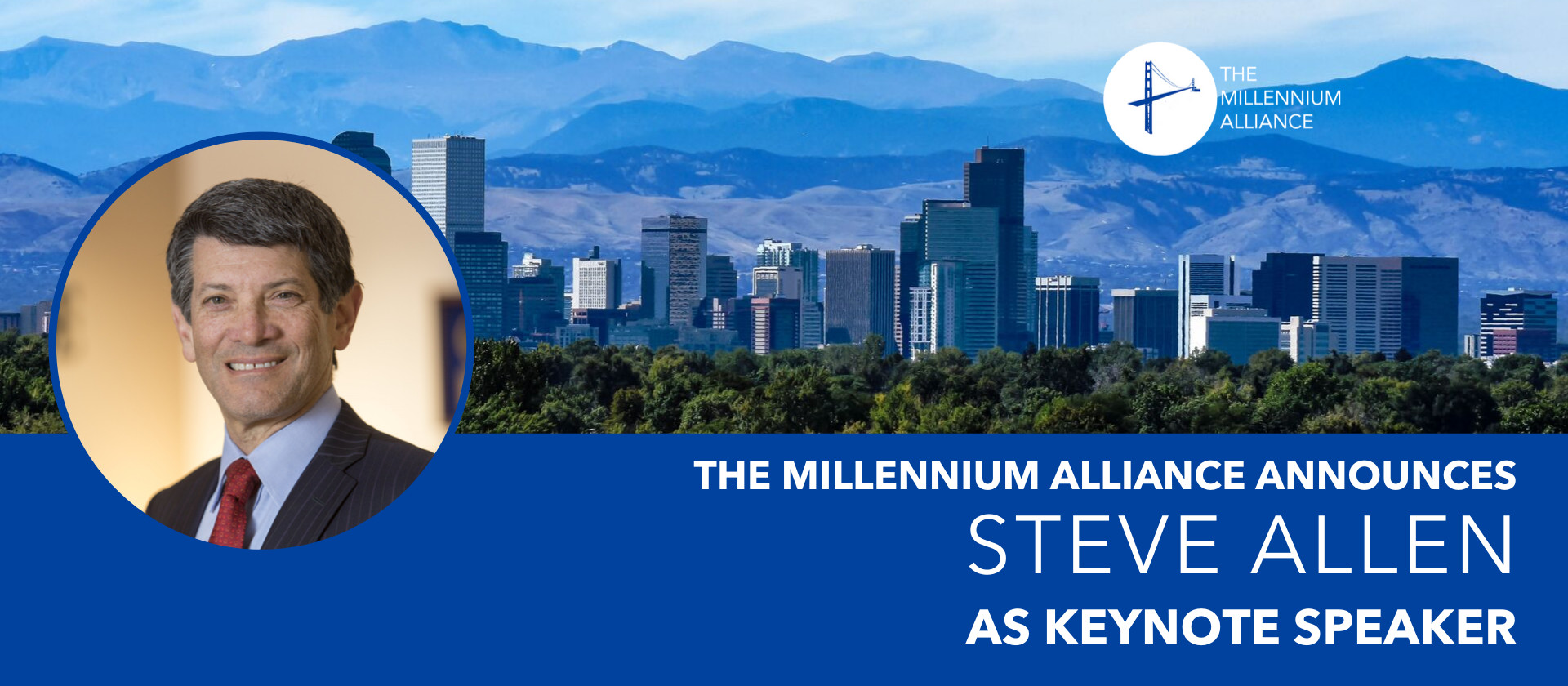
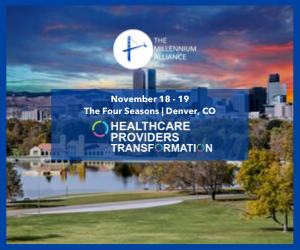

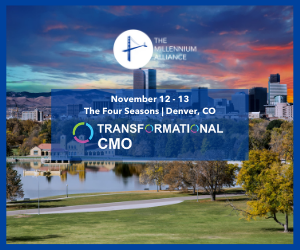
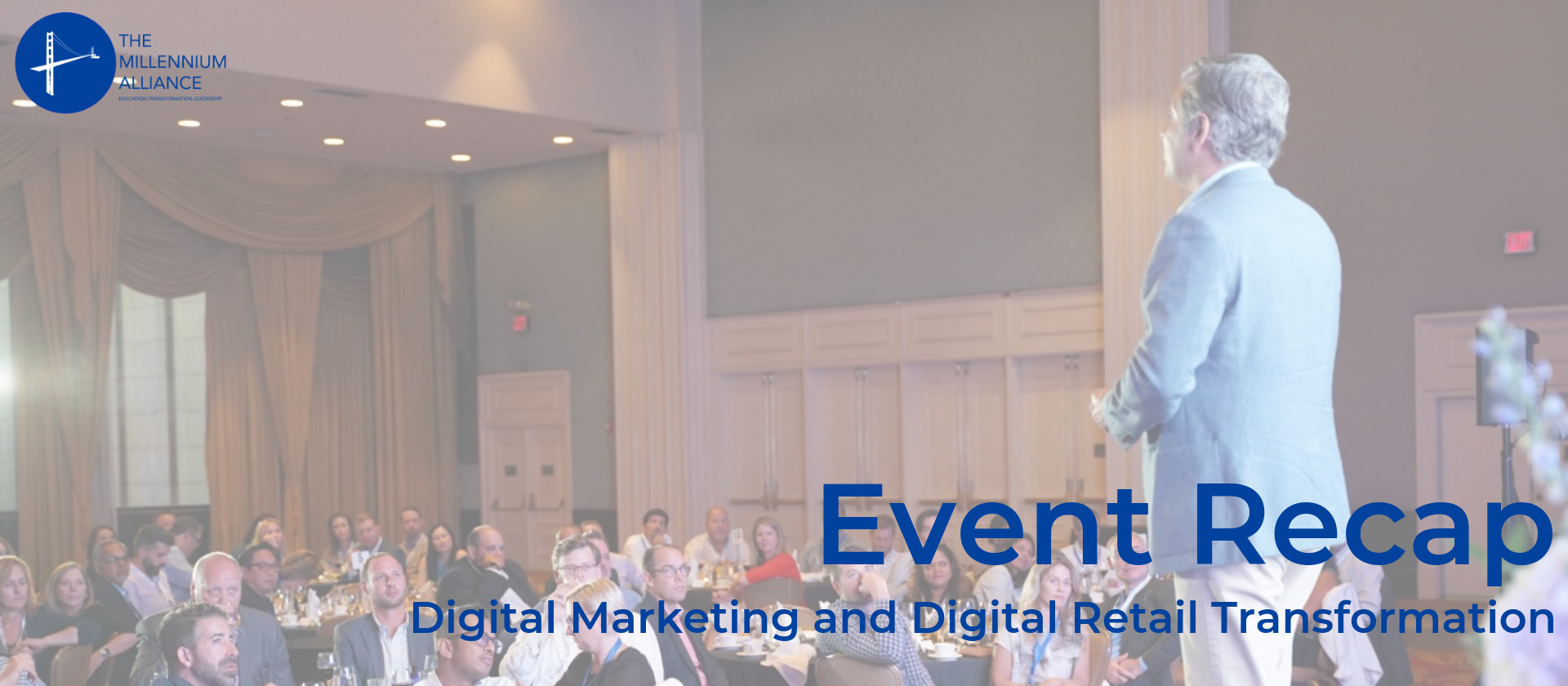
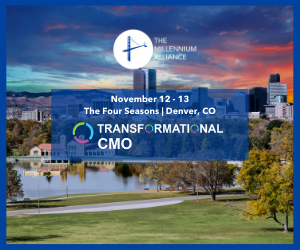

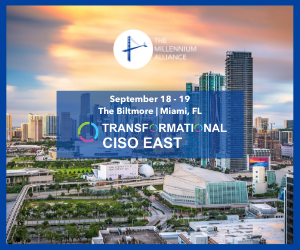


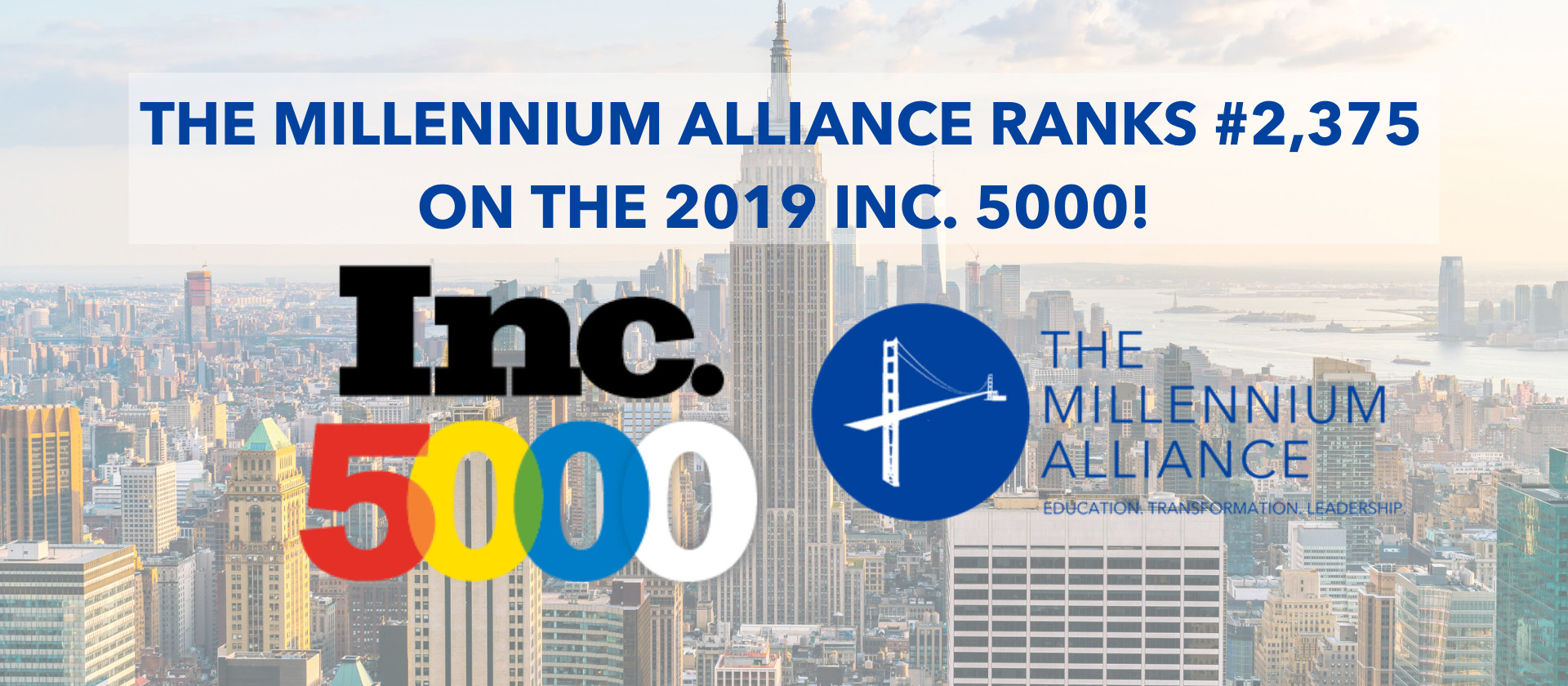

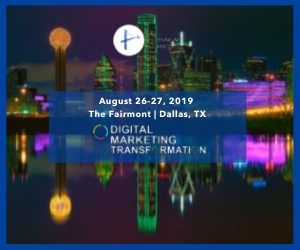 With
With 



